- Home/
- Jewellery Metals - The Guide | Learn About Metal Types | James Porter
Jewellery Metals Guide
In this guide
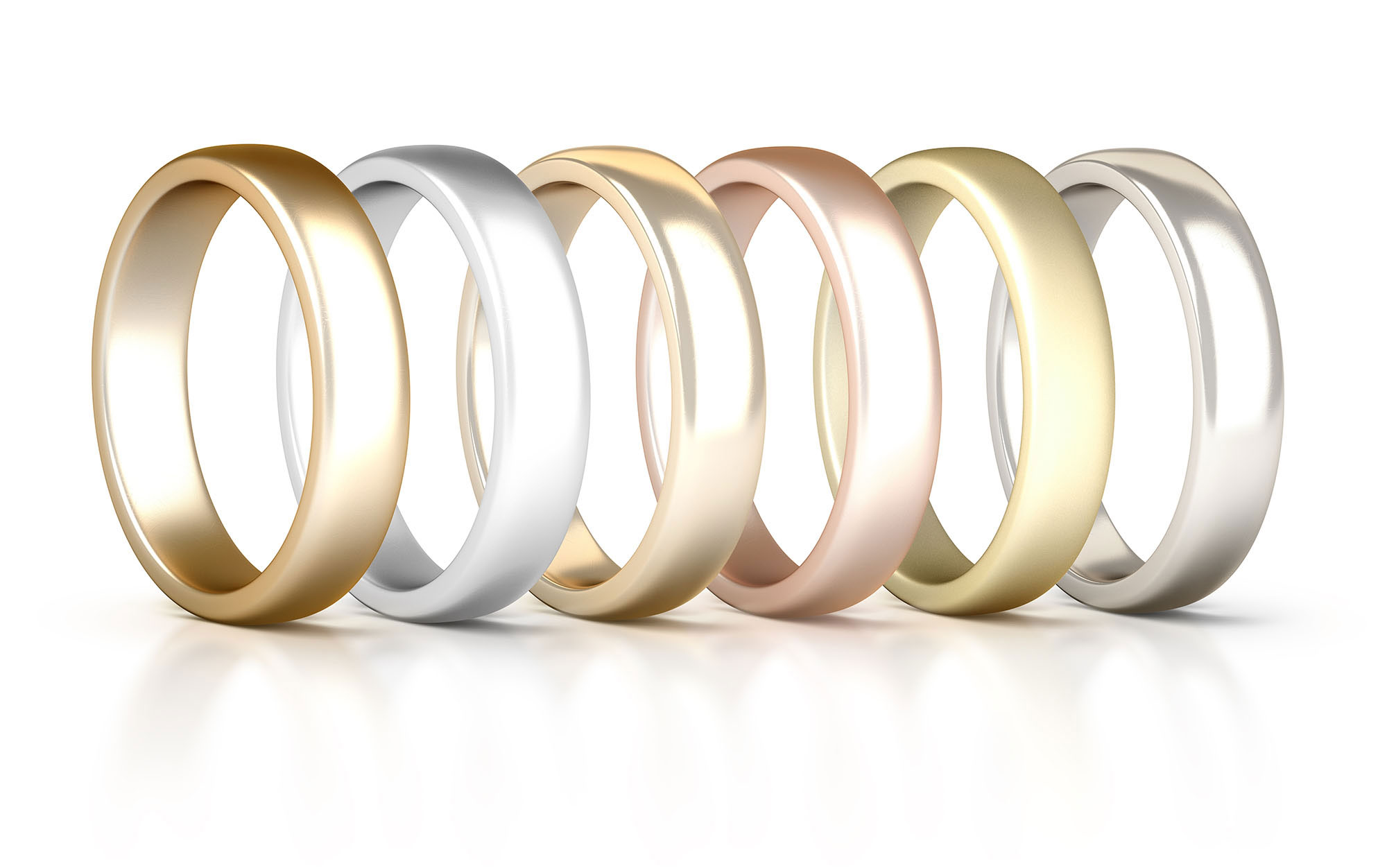
Buying Different Metal Types
When purchasing a piece of jewellery, deciding on the right type of metal can be tricky. To ensure the ring bracelet or necklace will continue to look its very best for years to come, you’ll need to consider where, when, and how the piece will be worn. Will the recipient wear the item everyday, and so will need something durable and resilient, or will it be a piece for only the most special occasions, and so need to resist tarnish whilst in storage? Are their tastes more traditional, or contemporary? Do they prefer delicate and fine pieces, or something more chunky to make a statement?
This may all seem like a lot to consider, and might even seem a little daunting if you don’t know where to begin! If you’d like a little more guidance and advice, please do drop us a message or visit us in store - our expert jewellers have a wealth of knowledge to be able to assist you in finding the perfect piece.
What is Metal Carat?
Firstly, let’s cover what we mean by the different carat of metals. Not to be confused with the carat weight of a diamond, the carat is actually the quantity of pure gold contained in the metal. You’ll often see this abbreviated to ‘ct’ in the UK, or ‘K’ in the US. The level of purity is required to be stamped on the piece of jewellery (most often in an inconspicuous place, such as the inside of a ring band).
- 9ct - gold is hallmarked 375, so has 375 parts of pure gold (37.5%), with the rest comprising of other metal alloys. 9ct gold is a very durable metal, so is perfect for everyday wear. As it has the lowest volume of pure gold it is also the most cost effective option for gold jewellery.
- 14ct - gold is hallmarked 585 and therefore has 585 parts per thousand of pure gold. It is the preferred metal in America and mainland Europe. Its higher gold content puts it in the middle of the most popular gold qualities (durability, cost, colour) but as it is not commonly used in the UK, it can actually work out slightly more expensive as items usually need to be custom made or imported.
- 18ct - gold has the highest content of pure gold that you will find on the high street. There are 750 parts per 1000 and it is hallmarked 750. This provides a rich yellow or rose colour due to its high gold content. It is also very durable and ideal for pieces such as engagement rings or wedding bands, which will be worn daily.
- 22ct - gold is hallmarked 916 (91.6% gold content), so is the purest form of gold available in jewellery. The small percentage left over is usually mixed with copper or silver. Due to its high gold content it is very yellow in colour and is quite popular in Indian jewellery.
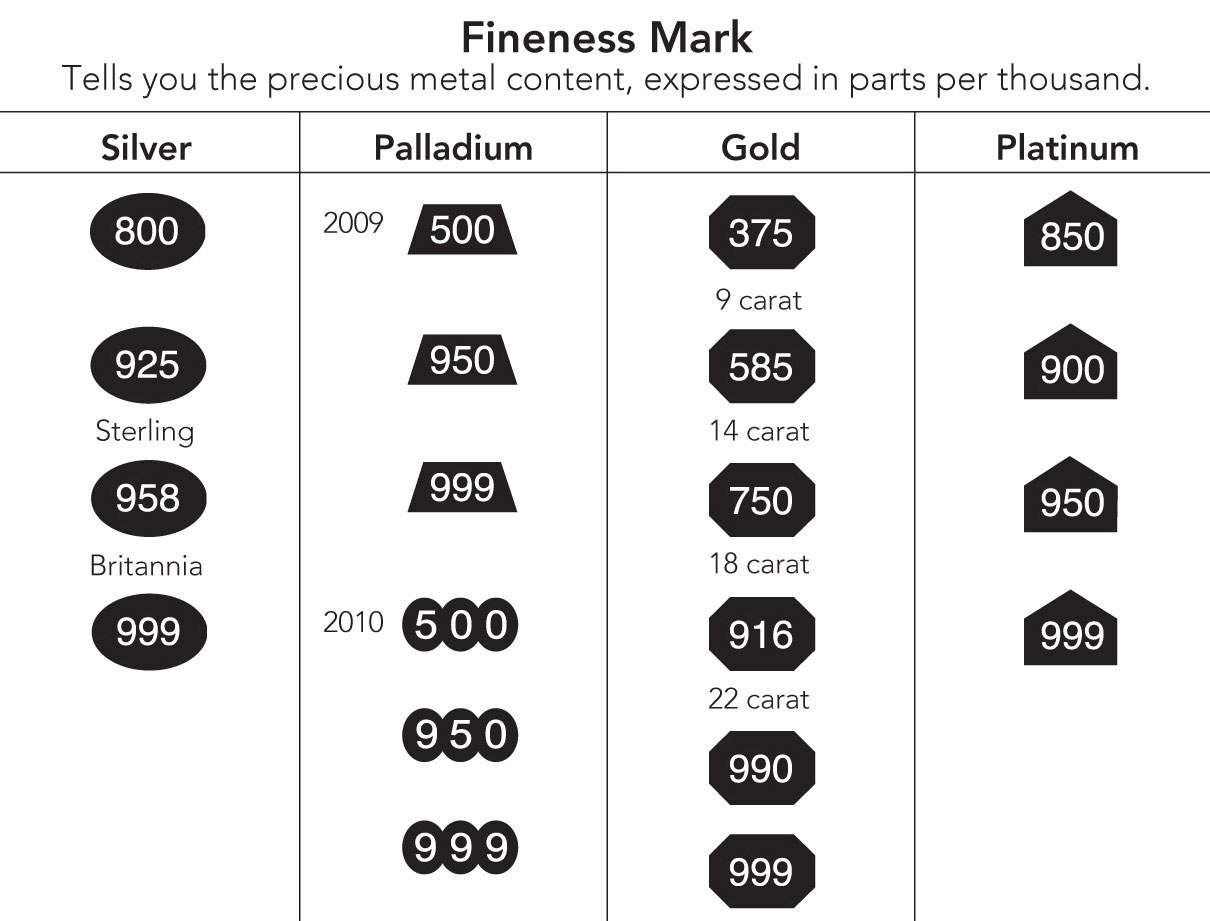
Precious metals - what’s the difference?
We’ve outlined the main metals used for jewellery below, and their suitability for different situations. The most common are gold, platinum, silver, and palladium. There are also a few non-precious options for those who don’t fancy the price tag or look of the precious options, however be aware these are not always commonly available in jewellery stores.
Yellow Gold
Gold in its natural form is a rich yellow colour, but pure gold is too soft to be wearable and so it is mixed with other alloys to make it last a lifetime. Most commonly, gold is mixed with silver and copper for yellow gold, but these can vary in content from different sources, so some can appear more yellow than other items of the same fineness.
Yellow gold doesn’t have any plating, and is therefore the same colour all the way through. This means it can be polished thoroughly without the risk of removing its colour, and so is easy to keep looking as good as new for years.
- Pros: Easily maintained, suits all skin tones, works well with all gemstones
- Cons: Yellow gold has a more ‘traditional’ look, and so may not be the preferred colour for a more contemporary style
Rose Gold
Rose gold (or pink gold as it can be known) provides an attractive vintage feel to jewellery and has made a resurgence in the last few years. Its warm colour is created by alloying the pure gold with copper.
Like yellow gold, rose gold is the same colour all the way through (not plated) and so can easily be polished to look as good as new.
- Pros: Looks great on most skin tones and is easily maintained
- Cons: Has a high copper content which may cause slight skin reactions
White Gold
To make the metal as white as possible, the naturally yellow gold is mixed with whiter metals, like silver, palladium and zinc. Historically, it was mixed with a high content of nickel, but since 1994 in compliance with EU law this has ceased. This is something to be aware of when buying vintage jewellery, especially if you have a nickel allergy.
Over the last few years, white gold alloyed with a high palladium content has become increasingly popular. Palladium is a hard-wearing, naturally white metal, which gives 18ct white gold a ‘whiter’ appearance than the older versions of white gold alloyed with nickel or silver, which may look a little ‘greyer’. To give white gold its lustre it is also coated in a plating of rhodium. Rhodium is part of the platinum family and is hard-wearing, but will eventually wear off and show the natural yellow colour underneath.
- Pros: Has the look of platinum at a lower price, has a bright lustre when the plating is fresh. The white metal also has a more contemporary feel
- Cons: Has the added maintenance of having to be re-plated and can look a slight yellow colour when plating is worn off. Vintage pieces may cause irritation if alloyed with nickel
Platinum
Platinum has grown in popularity over the last decade and is showing no sign of slowing down! The majority of our engagement rings are made from platinum as is a very hard-wearing metal so will still look beautiful, even when subjected to daily wear and tear.
Platinum is one of the most precious metals on the planet, as well as being very dense, malleable, and ductile. Platinum is also highly unreactive, which means it won’t tarnish like sterling silver when exposed to the air. We only stock platinum in the 950 grade, meaning the piece will be 95% pure platinum.
Although platinum is a very durable metal, it is not indestructible. It can be scratched and can also be misshapen through daily wear. These can however be remedied fairly easily. Platinum can be easily polished back to its original beauty, and over time, will develop an attractive patina. Because of platinum’s desirable qualities, it is reflected in the price and you will find, gram for gram, platinum is considerably more expensive than its gold counterparts.
- Pros: A very durable metal, ideal for the daily wear - a great choice for a gents wedding band
- Cons: More expensive than other metal choices. The metal will develop a patina which may not be the look everyone desires
Palladium
Palladium is part of the platinum family and is an extremely durable metal. The two standard purities available in the UK are 50% and 95% pure metal, hallmarked 500 and 950. Palladium is 40% lighter than platinum and 12% harder and so is frequently recommended for gents wedding bands, as some men can be extremely hard on their jewellery!
It is a naturally white metal like platinum, but it is not indestructible. It can scratch and dent the same way any metal can. however, palladium can always be refinished to look brand new. Some may ask why we don’t do any engagement rings in palladium – the answer is simply that it is harder to work with than platinum, and so it is not ideal for the intricacies of engagement rings.
The metal is very tough, and problems can arise when trying to make very fine details, such as gemstone settings and elaborate designs. It lends itself much better to more uncomplicated designs, hence why we recommend it for simpler wedding bands.
- Pros: Durable and easy to maintain so ideal for mens rings
- Cons: It is a difficult metal to work with and so is more tricky to have resized than the other precious metal options
Silver
Silver is the most cost-effective precious metal that is readily available in the UK. Sterling silver is an alloy metal, meaning it contains 92.5% pure silver, mixed with 7.5% other metals (usually copper). There are different fineness levels for silver, but Sterling Silver is the most commonly available. Silver is a very easy metal to work with and so can be manipulated into many different designs, from plain rings, to intricate necklaces, to solid chunky bangles. It is a softer metal than the other precious metals, and so is not the most suitable choice for engagement rings or wedding rings. Silver can quite easily be bashed out of shape.
Silver reacts with gases in the air, known as oxidisation. This oxidisation causes the metal to become black in appearance, and means silver requires a little more maintenance than the other precious metals mentioned. Fortunately, this oxidisation doesn’t harm the silver metal underneath, and can be easily removed using a silver cleaning cloth or a silver jewellery dip for more intricate designs.
- Pros: Its lower price tag means you can usually find some wonderful solid items of jewellery for a very reasonable price
- Cons: Keeping the silver looking its best will require a little more maintenance
Alternative Metals - Titanium
Titanium is a popular choice for wedding bands. It is an extremely light weight material and so is very comfortable to wear. It has a much darker tone to the other precious metals and it is also extremely hard wearing. Titanium is also 100% hypoallergenic, making it a good choice for people sensitive to other metals.
Titanium’s strength does however mean that is that it is not an easy metal to work with, and so it is impossible to resize a ring once manufactured. If you opt for a titanium ring, make sure it fits you perfectly before you buy!
Alternative Metals - Stainless Steel
Stainless steel is commonly used for watch bracelets, owing to its incredible durability and resistance to corrosion and tarnish. You will commonly see stainless steel labelled as ‘316L’ or ‘surgical steel’ - these are the names given to the quality of steel used for jewellery (as opposed to industrial steel, which would not be safe to be worn next to skin).
Stainless steel is classed as hypoallergenic, and is often used for body piercing - it does however contain a small percentage of nickel, and so may not be suitable for those who are sensitive to this alloy. Like titanium, stainless steel is incredibly strong, but also brittle - rings cannot be resized for fear of the metal breaking, and so checking the fit is essential.
Have A Question?
Contact us by phone at 0141 221 5855 or by email at [email protected]. We love our work and will be happy to help you with your query, we can also book a convenient time for a consultation to find the exactly what you need..
 Back to top
Back to top
 Back to top
Back to top
Opening Hours
Mon - Sat: 9:30am - 5:30pm
Sun: 11:00am - 5:00pm
Bank Holidays: 11:00am - 5:00pm
December 24th & 31st 10.30am -2.00pm
Closed: 25th/26th December
1st/2nd January

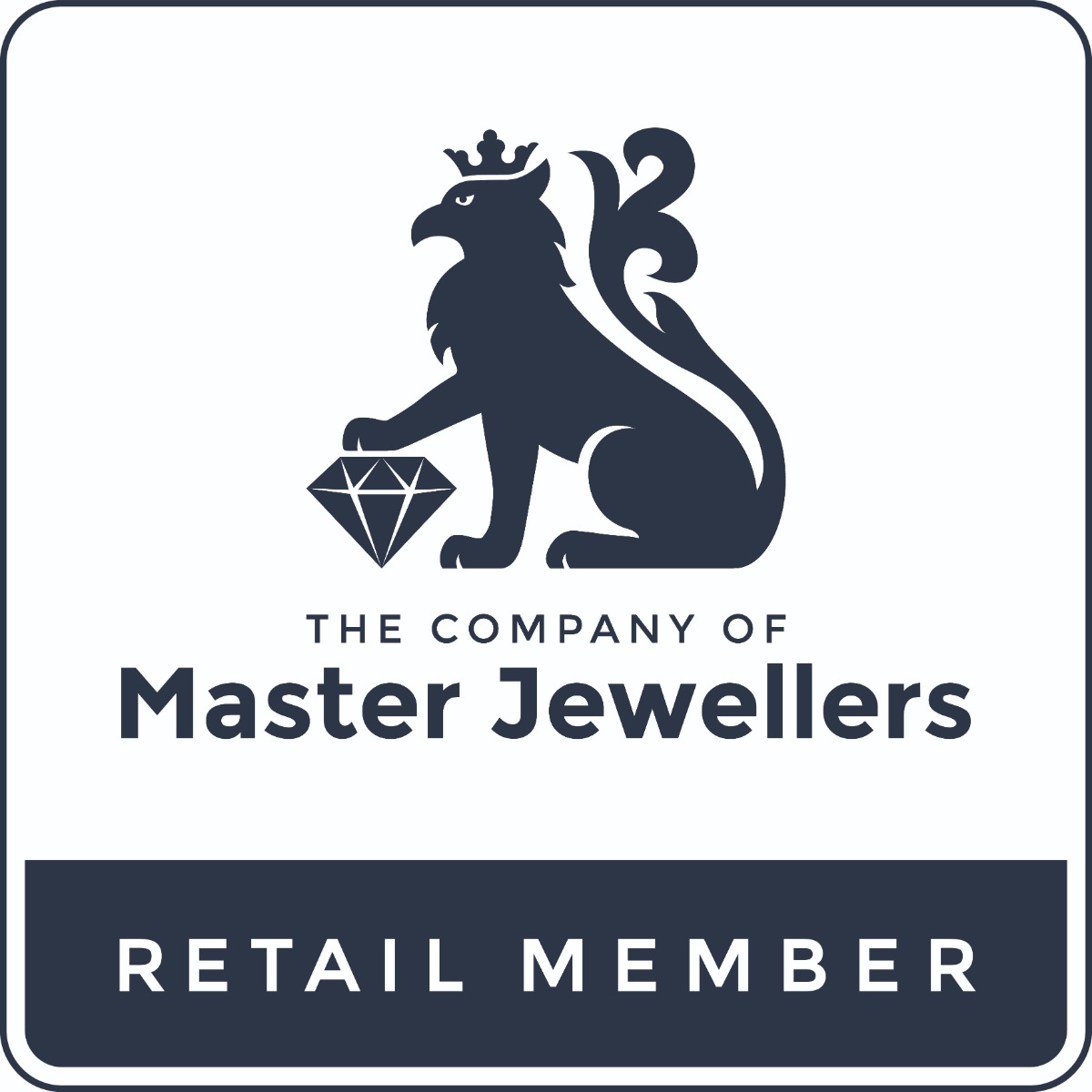
Panel Tool
-
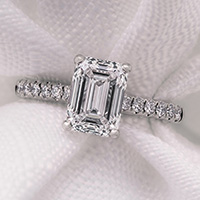
Engagement Rings
Explore our curated designs with the help from our expert team.
60 min
-
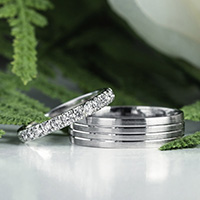
Wedding Rings
Find the perfect wedding rings for you and your partner.
60 min
-
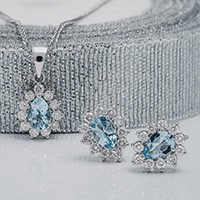
Luxury Jewellery and Gifts
Our team of dedicated experts will help you find the perfect piece of jewellery for any occasion.
60 min
-
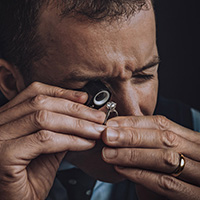
Bespoke Rings
With a dedicated team of experts, we will help you create the perfect one of a kind ring for any occasion.
60 min
-
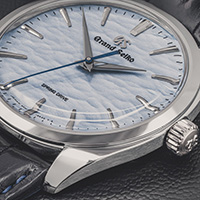
Watches
Explore and try on any watches you have had your eye on with help from our team of horological experts.
60 min
-
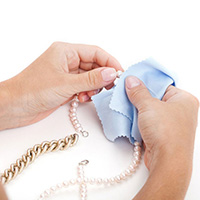
Ring & Jewellery Drop-off
Drop-off your rings or jewellery for cleaning, resizing, repairs and more
15 min
-
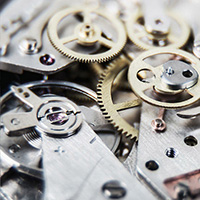
Watch Drop-off
Drop-off your watches for battery replacements, strap resizing, repairs and more.
15 min
Select time for date:
Booking Summary
Address:
Argyll Arcade
Glasgow
G2 8BG
0141 221 5855 (Option 2)
Mon-Sat 09:30 - 17:30
Sunday 11:00 - 17:00
 Basket
Basket

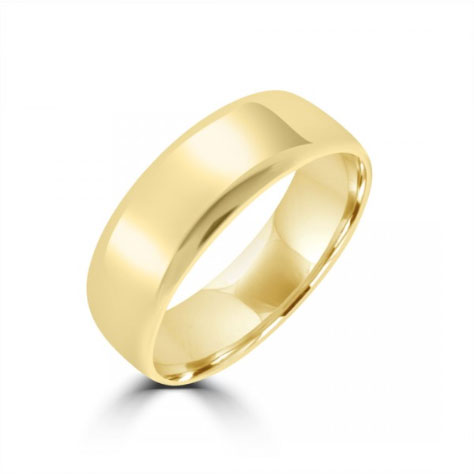
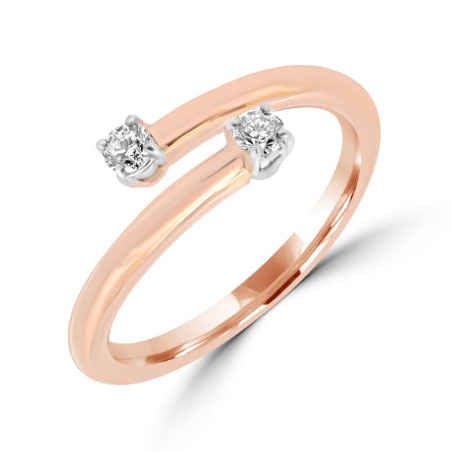
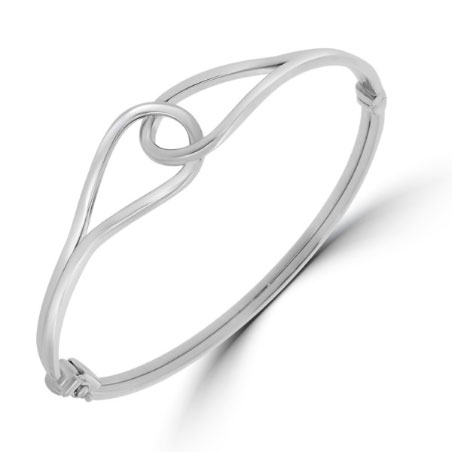
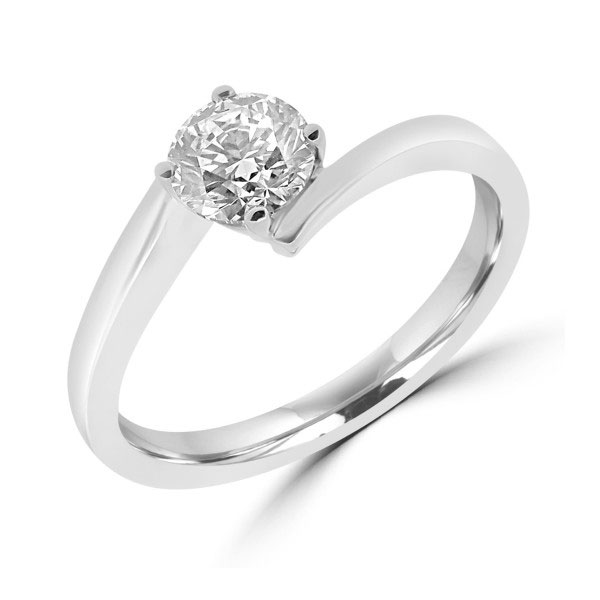
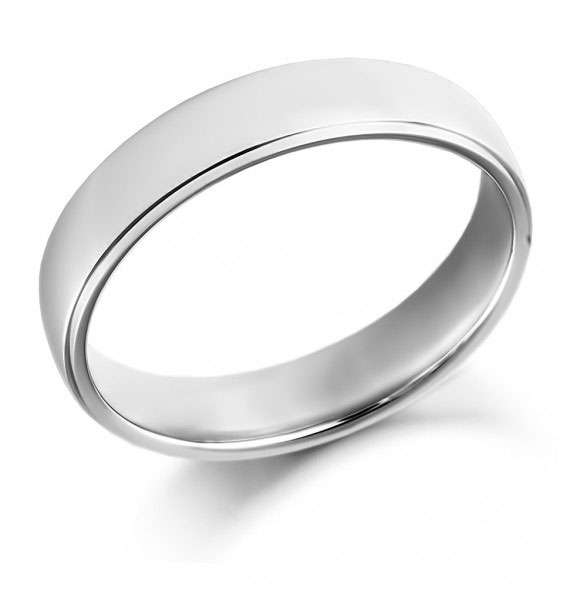
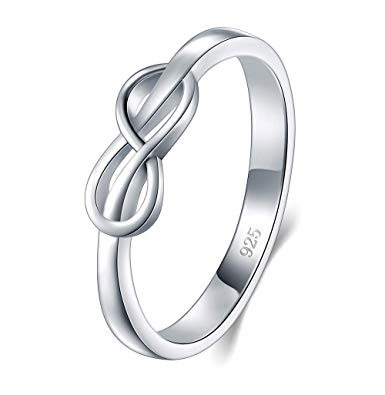
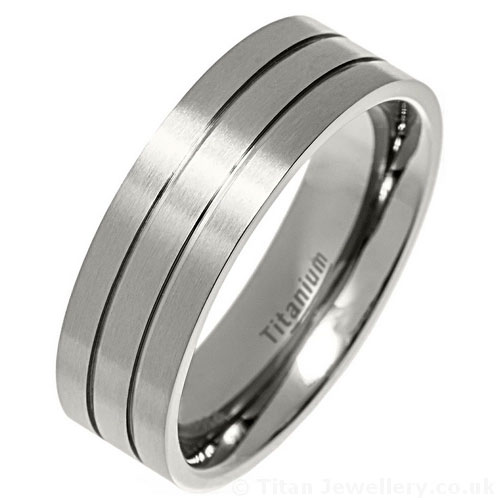
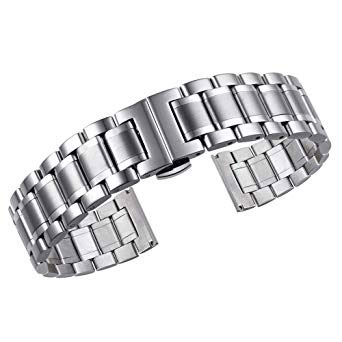




 0141 221 5855
0141 221 5855 Send us an email
Send us an email




 Secure payment methods
Secure payment methods

